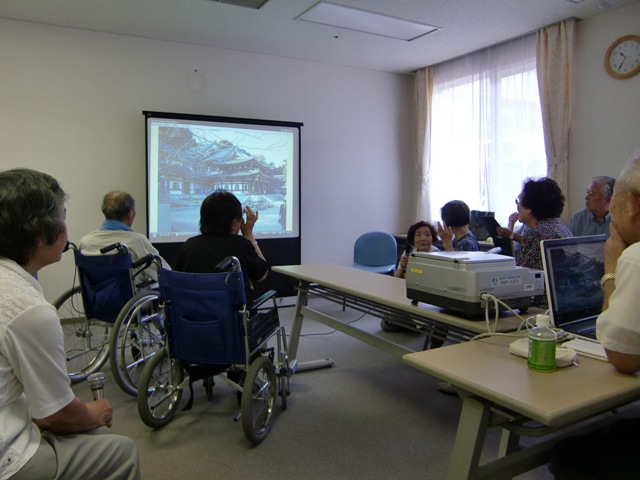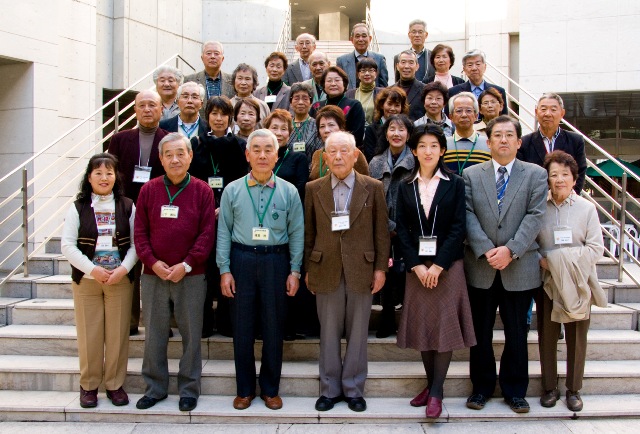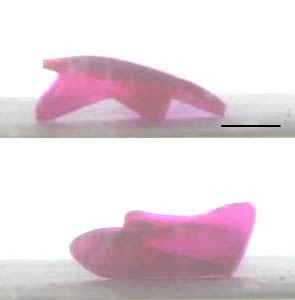| Mihoko Otake |
| Home | Profile | Research | Publication | |
|
Cognitive Enhancement |

Coimagination Method |
Cognitive enhancement is one of the key technologies in current and coming aged society. Not only strong social needs, the topic provides fundamental question on human intelligence and how to implement it on the computer. Mihoko Otake's approach is to study detection of cognitive impairment and enhancement technology utilizing conversation data of older adults, based on the hypothesis that conversation reflects information processing in the brain, where what you listen is an input whereas what you speak is an output, and what you think between listening and speaking or before speaking is a function which converts input to output. For investigation, She invented conversation support method named "coimagination method" for cognitive enhancement. Conversations supported by coimagination method is structured by images submitted by participants and time limit for speech, listening, questions and answers[1]. |

NPO Fonobono Research Institute |
Mihoko Otake founded multisector NPO named "Fonobono Research Institute" for participatory action research [2], in order to evaluate the effectiveness of the method and concurrently implementing the method as services in the society. Fonobono means heartwarming in Japanese. Older adults who were originally subjects for coimagination method became providers of the services. Health professionals including clinical doctors, occupational therapists, and psychotherapists are utilizing the method experimentally for rehabilitation of patients with early Alzheimer disease [3]. The ongoing results suggest the effectiveness of the method that conversation characteristics, motivations, and feelings of older adults are enhanced, which may enhance their cognitive function in the long-term. Data collection platform for accumulating conversation data have been implemented and utilized by multiple stakeholders. Recently, part of the discovered knowledge is experimentally implemented on the conversation support robots. |
|
Electroactive Polymer Gel Robots |

Electroactive Polymer Gel Robot |
Mihoko Otake made contributions to the modeling, design and control of deformable machines consisting of actively deformable materials and electroactive polymer gels as doctoral study. Advances in electroactive polymers, which are candidate materials for artificial muscles, has enabled the realization of deformable machines similar to living animals. The main focus is to propose methods for deriving a variety of shapes and motions of such machines, using a particular electroactive polymer gel, poly 2-acrylamido-2-methylpropane sulfonic acid (PAMPS) gel, and its co-polymer gel. Mechanisms consisting of the gel, hereafter called "gel robots", were designed, developed, and controlled experimentally. The effectiveness of the proposed methods are demonstrated using examples involving beam-shaped gels curling around an object, and starfish-shaped gel robots turning over. For the accomplishment, she was awarded Young Investigator Award from Robotics Society of Japan. The results of the study has fruited in the monograph [4]. |
|
[1] Mihoko Otake, Motoichiro Kato, Toshihisa Takagi and Hajime Asama, gCoimagination method: supporting interactive conversation for activation of episodic memory, division of attention, and planning function and its evaluation via conversation interactivity measuring methodh, Proceedings of the 2009 International Symposium on Early Detection and Rehabilitation Technology of Dementia, pp. 167 - 170, 2009. (This article is accepted to be published as book chapter in 2011.)
|